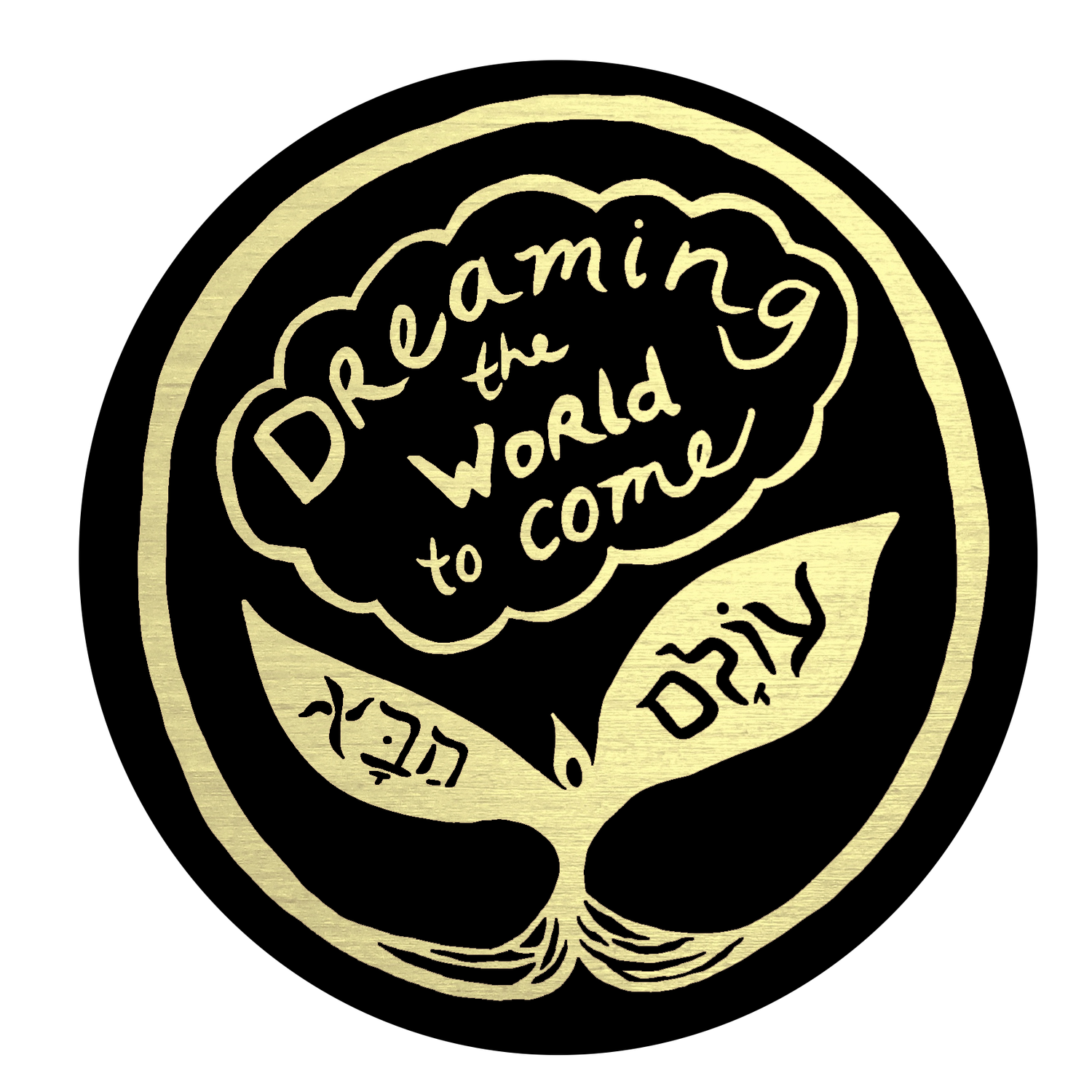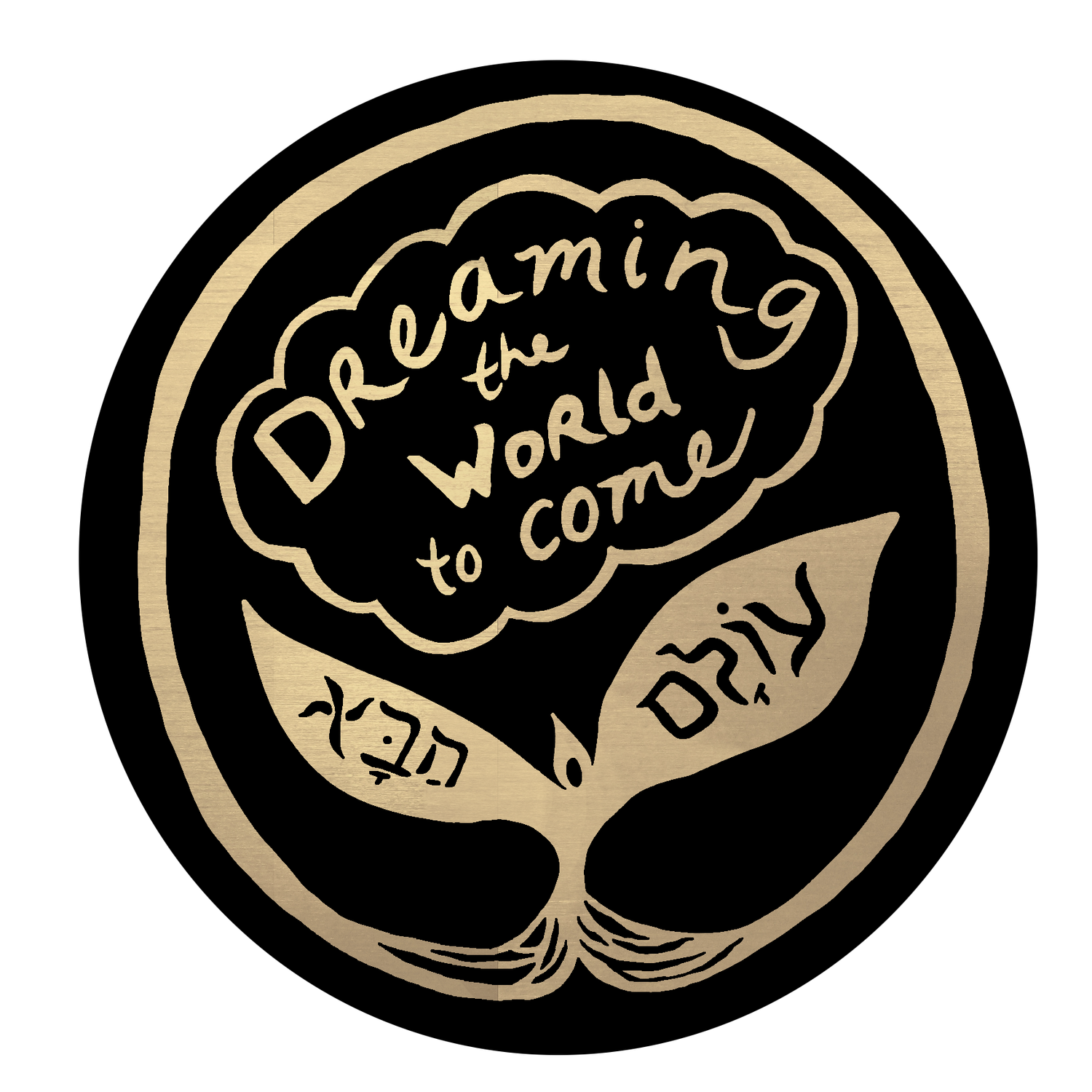Iyar ~ Carob חרוב charuv
The Carob pod is ripe in late spring, the month of Iyar. There is a legend about a famous sage Rabbi Shimon bar Yochai, and his son having to hide in a cave for twelve years to escape Roman persecution. Just outside the cave, one carob tree and a well of water sustained them and protected them. In order to consume carob the pod needs to soak in water for a length of time. In this way they were able to live. Bar Yochai is the legendary author of the Zohar (Kabbalistic mystical text) and while he was in the cave, he was able to connect with the womb of the earth and deep mystical knowledge. One explanation for the holiday Lag b’Omer (which falls during Iyar) is the yahrzeit (anniversary) of Bar Yochai. This kind of yahrzeit, that of a great sage, is known as a hillula, a day of celebration and joy. Traditionally it is a time to come together, to eat carob, build bonfires, play music, get married and cut hair (all things not traditionally done during the Counting of the Omer). We need breaks from intense spiritual work to remind our souls of human simple needs for play and pleasure. These communal festivities align with the energy of Carob, a tree whose blossoms grow in clusters, bursting out in collective celebration.
To dive deeper into learning about the plants featured in the planner, sign up for Rebekah's class: Torah, Trees & Time.


